Top 10 Remarkable Stats About the Average Appetite
Generally speaking, the adage "you are what you eat" serves as a reminder to eat wholesome foods. The world would be a strange and chaotic place if it were a ... read more...literal evaluation of individuals and their diets, as the ordinary person consumes a lot of dubious foods. The average appetite is probably far stranger than you ever knew, in fact. Here are some Remarkable Stats About the Average Appetite.
-
The average adult requires around 2,000 calories per day as part of a healthy diet, which is a fact that most people appear to be aware of. As a general rule, this can vary greatly depending on your level of exercise and fitness, but it's kind of the industry norm. How much food is that, though? What does that translate to in a year?
There aren't many recent statistics on this subject, but the Department of Agriculture estimated in 2011 that the average American consumes 1,996 pounds of food annually. That rhinoceros is quite huge. 197 pounds were given by cereals and wheat. Stunningly, dairy weighed in at 630 pounds. Meat weighed a very moderate 185 pounds.
If you enjoy sweets, it may not come as a surprise that 141 pounds of the food are made up entirely of sugars. Although the average American was only ingesting 2,000 calories per day, they were also getting between 2,700 and 3663 calories daily.
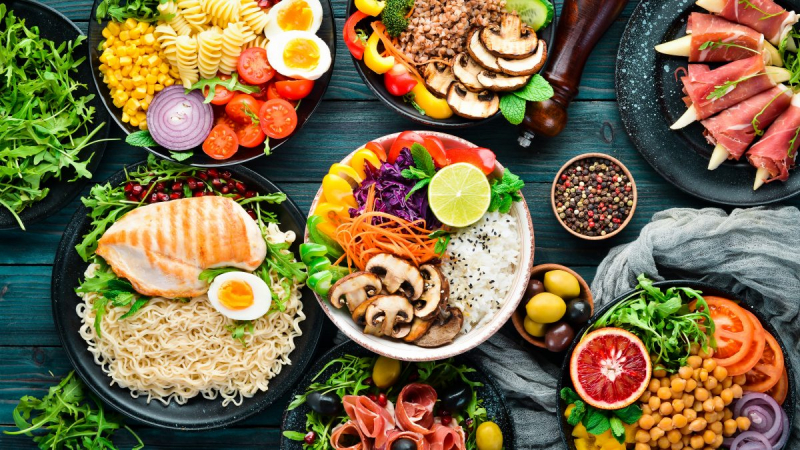
https://thewell.unc.edu/ 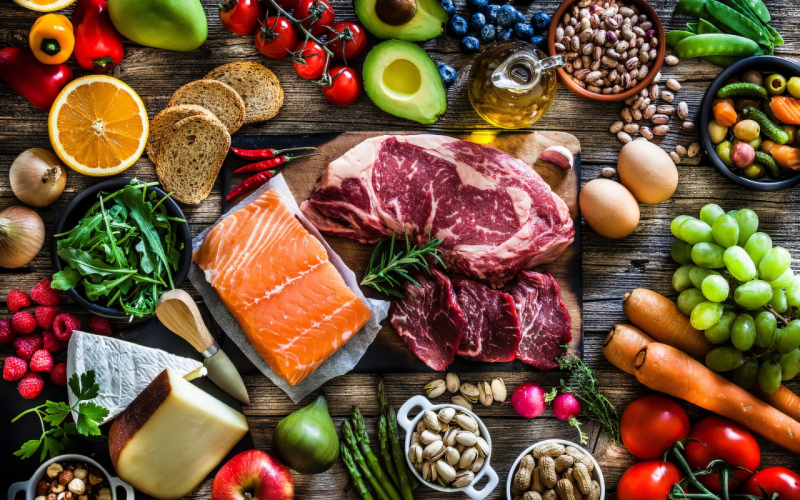
https://www.skh.com -
The most popular sandwich in the country is honored on Peanut Butter and Jelly Day! Whether you enjoy grape, strawberry, orange marmalade, blackberry, or any other type of jelly, peanut butter is the perfect accompaniment to all of them. There are countless variations of peanut butter and jelly because it has become such a well-liked flavor combination.
Many children in the Western world consider peanut butter and jelly to be a basic food. Nowadays, peanut allergies, which only affect 1% of the population, and restrictions that don't truly work because accidental exposure occurs in both locations that ban them and areas that don't may make it less welcome in schools. However, that does not preclude anyone, especially children, from enjoying them at home.
According to a 2016 report, the average American consumes a respectable 2,984 peanut butter and jelly sandwiches throughout their lifetime. Before they graduate, kids will consume more than half of those, according to the National Peanut Board. Comparatively speaking, the typical European will eat less peanut butter than one tablespoon year, which is not nearly as much as the average American.
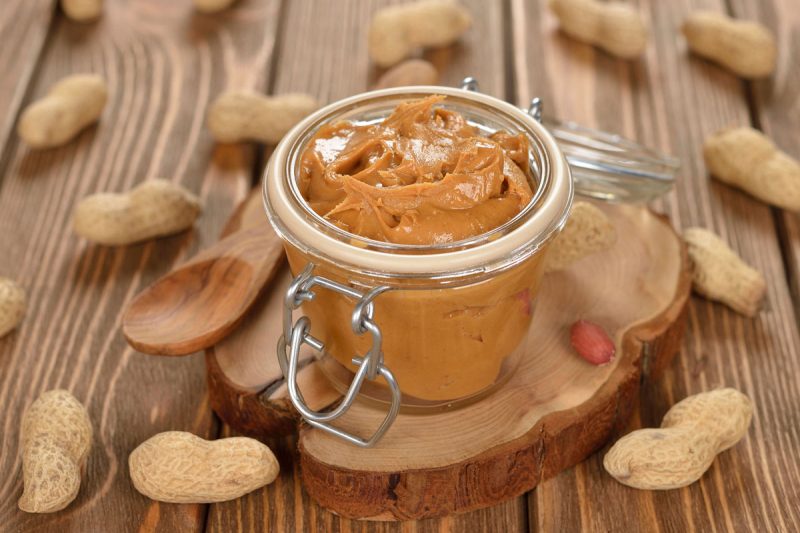
https://peanut-institute.com 
https://blog.ifit.com/ -
According to industry watcher Beverage Digest, soda was the most popular beverage in the United States for more than 20 years, with consumption reaching a peak of 54 gallons annually in 1998. Only 42 gallons of water were consumed annually by Americans at the time. But over time, water gradually surpassed soda to dethrone it from the top spot as soda came under growing scrutiny for contributing to the nation's soaring obesity rates.
In 2021, Coca-Cola generated $38.6 billion in revenue. In 2021, Pepsico generated approximately $79 billion in revenue. Although both businesses offer more than just soft drinks, they are both primarily known for that component of their operations, and it is logical to conclude that a sizeable portion of their revenue came from selling soft drinks. So how much alcohol does the typical individual consume?
The typical American drank 44 gallons of soda annually in 2013. Although there are many sizes available, there are around 10 cans in a gallon, so the average American consumed 440 cans annually.
While still high, that number dropped to 38.87 gallons per person by 2018, thus it does appear to be declining. For what it's worth, this includes all soda, not just sugar-sweetened varieties.
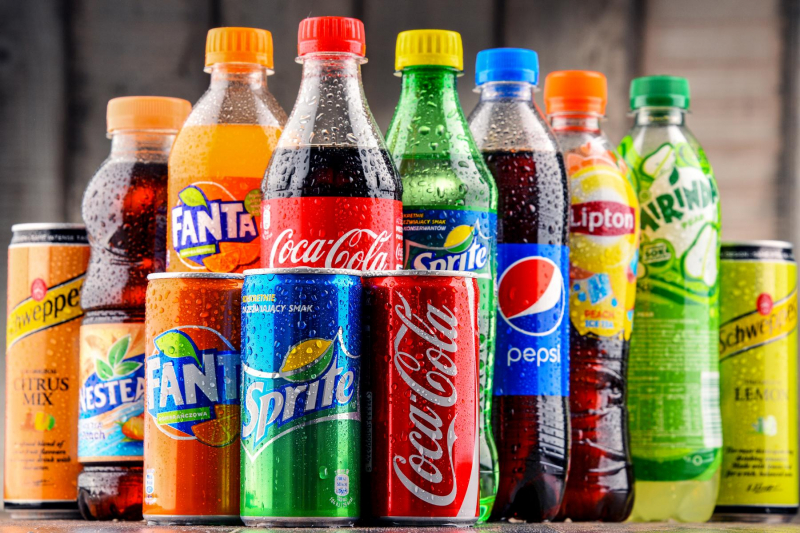
https://shellyanfriends.blogspot.com 
http://walkingoffpounds.com/ -
Every day, 44.9% of Americans between the ages of 20 and 39 eat fast food. Only 24.1% of those aged 60 and beyond indulge in fast food, compared to 37.7% of those in the 40–59 age group. Because they are still working and earning money, do persons under 60 eat out more frequently? Maybe. People over 60 are typically leaving the workforce and have more time to prepare meals for themselves at home. In addition to being pricey, fast food, retirement can put people on fixed incomes. They might decide to cook at home in order to eat healthier and spend less money.
Although the majority of us are aware that fast food isn't healthy, the truth is that a lot of it tastes extremely nice. The sheer magnitude of the figures attests to this truth. On any given day, more than 36% of American adults will eat fast food. The average American spends 10% of their annual income, expressed in dollars, on fast food.
And while many people are quick to write this off as something that only those with lower incomes do, the opposite is actually true. On any given day, 42% of people with higher incomes consume fast food, compared to 31.7% of people with lower incomes.
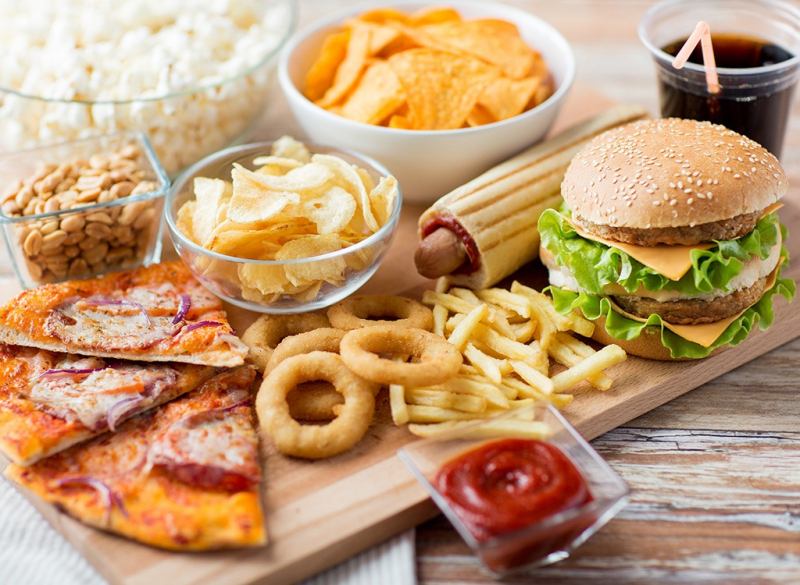
http://www.womenfitness.net/ 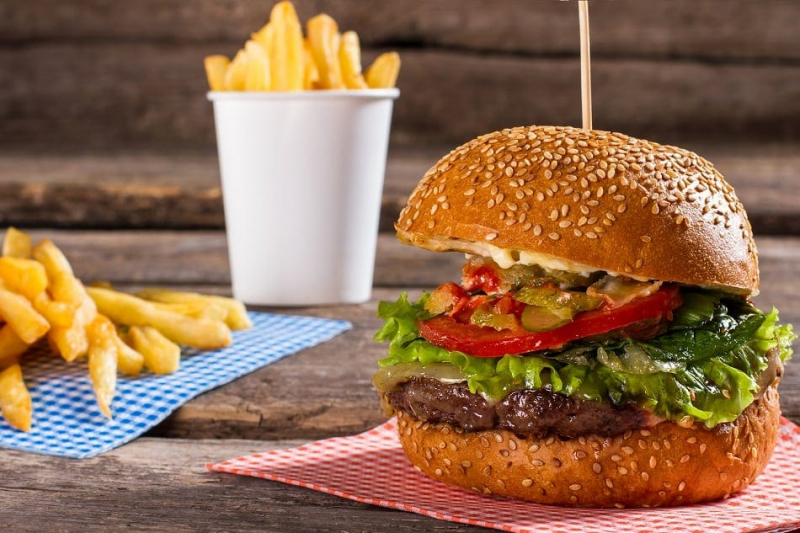
https://constative.com -
Pizza shops in America peaked at little over 78,000 in 2020. Therefore, it is safe to assume that Americans enjoy pizza, and why not? It makes sense to pair bread with cheese and sauce. You have to wonder how much people are eating to keep all of those establishments open with all of that pizza available. The answer is, in fact, quite a bit.
Following a survey of 1,000 Americans, CiCi's Pizza arrived at the figure of 6,000. The typical American will consume that many slices throughout the course of their lifetime. In addition, according to their survey, one-third of individuals eat pizza every single week.
However, the USDA outdid them by reporting that 13% of Americans consume pizza every single day. One in four guys between the ages of 6 and 19 eat it every day. You'll destroy 23 pounds of stuff in a year. These 78,000 establishments make three billion pizzas annually to reach these figures.

https://veronikaskitchen.com/ 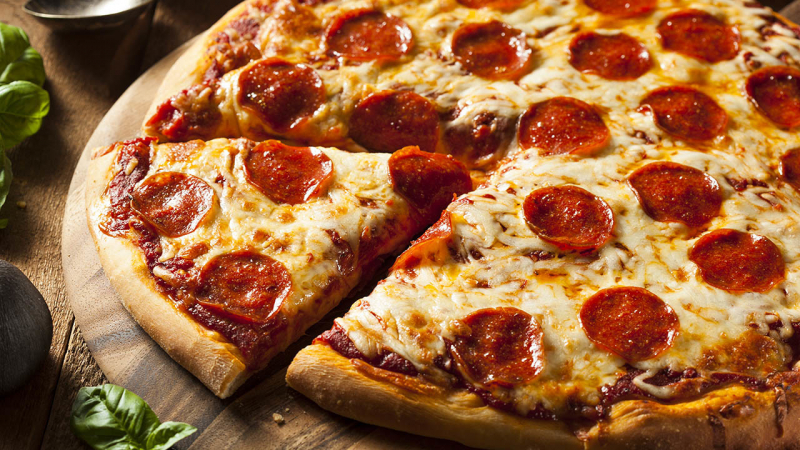
https://www.rosariosny.com/ -
There are some major consequences that can occur when people overindulge in alcohol, which is something that many people worry about. However, this is frequently examined on a case-by-case basis; for example, you might hear about a drunk driver in a single instance. The figures for alcohol use are quite impressive on a broad basis.
The average American consumes 1.35 alcoholic drinks daily based on per capita consumption. That equals 494 drinks annually. The word "average" in that 494 drinks statistic is doing a lot of work as the CDC reports that 33.7% of adult Americans don't drink any alcohol at all. Not to mention that since it's an average, everyone who isn't of legal drinking age is included. Age-adjusted, 494 becomes 705. It would be close to 1,000 if it were once more modified to take into account the 33% of non-drinkers.
Globally, the average annual alcohol intake per person aged 15 and older is little over 6.18 liters. But that is pure alcohol, not merely alcoholic beverages. For instance, if wine has a 12% alcohol content, you would need to consume 53 bottles to get six liters. On the upper end of the scale, Czechs and Ugandans both consumed slightly over 15 liters of pure alcohol year on average. 9.87 liters were consumed in America.

https://foodyoushouldtry.com/ 
https://mountainside.com/ -
For decades, governmental organizations and business associations have been tracking how much cheese we consume, and the statistics are unmistakably telling. Data demonstrates that everyone's favorite coagulated milk protein, cheese, is loved by people all over the world and that they can't get enough of it whether it is gooey, hard, sharp, or creamy.
Are you a cheese fan? If so, you're not the only one. The average French person consumes 57 pounds of cheese annually, placing Europe at the forefront of cheese consumption. In America, it was only 40 pounds annually in 2020, which was still a decent amount. Over a decade, that increased by five pounds.
Americans consumed a pitiful 16 pounds of cheese annually in 1977. It's more difficult to pinpoint the cause of this sharp rise in cheese consumption, although there are some educated hypotheses that can be made. As an illustration, as we'll see in a moment, Americans also enjoy pizza. Pizza intake rises together with excessive cheese consumption, else you're not doing it right.

https://www.contracttesting.com/ 
https://www.nutritionadvance.com -
Let's look at what the typical American eats without recognizing it as a small palette cleanser since not everything you consume in a year is done so consciously. Federal food regulations provide some leeway and specify what can and cannot be added to the food we eat. There is an acceptable threshold for bugs that end up in the food you eat, for example, even though no one wants to eat bugs and it is practically impossible to guarantee that food won't contain bugs.
According to one estimate, you consume two pounds or so of various types of bugs annually. Although that may sound terrifying, that is the right number. It only gets worse when you learn what the FDA permits. There can be up to 225 bug bits in pasta. There may be 33 fruit fly eggs in a box of raisins. Do you have a can of mushrooms in your cabinet?
It may include as many as 19 maggots. Be advised that there may be 13 insect heads in every 100 grams of fig paste if you feel moved to eat it at any moment. Check out the FDA's complete list for a fun read. It tells you how many bugs, mold, rotten food, rat hair, and mammalian excrement can be found in any given food product.
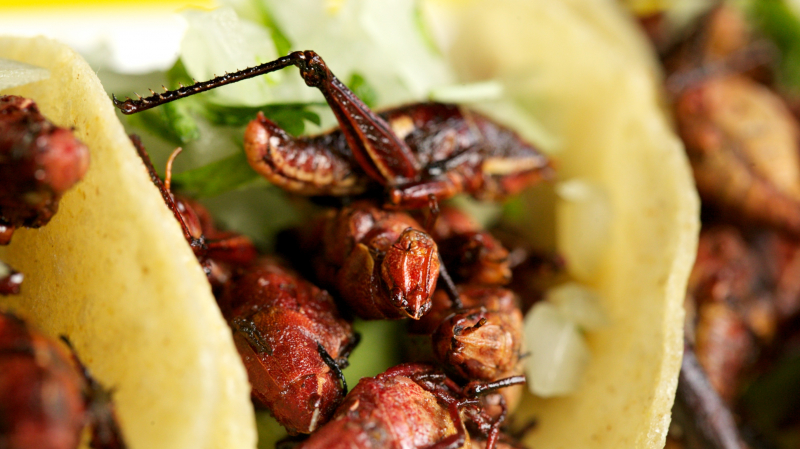
https://whyy.org 
http://www.foodandwine.com -
Global statistics on vegetarianism and veganism might differ greatly from one nation to the next. For instance, only 5% of Americans and 24% of Indians, respectively, are vegetarians. That indicates that a sizable portion of the world still eats meat. Amazingly, everyone consumes a lot of meat.
Another statistic that is difficult to pinpoint precisely and accurately, but you can get a sense of the sheer numbers based on the data that is currently accessible. The Vegetarian Calculator developed an algorithm in 2015 that it claimed could calculate how many animals you saved by adopting a vegetarian or vegan diet. They claimed that if you were a meat eater, you would consume 7,000 animals over the course of your lifetime, including 11 cows, 27 pigs, and 2,400 chickens.
According to research published on Vox in 2022, the average American consumed 25 land animals annually, 23 of which were chickens. When seafood is included, the annual total increases to 174, with the majority of that amount (137) consisting of shellfish like shrimp.
You may have 76 years of eating 174 animals annually if the average American lives 77 years and subtracts a year for the period you won't be eating too many steaks and ribs as a newborn. There would be 13,224 creatures in all. 1,748 hens, 912 fish, 25 pigs, and 7.6 entire cows are included in it.Now, a few years after that 2015 report about people consuming 7,000 animals a year, if you go to the Vegetarian Calculator now, the figures have altered. They claim that if you input 76 years into their calculation, 15,352 animals' lives have been saved. Going to their vegan calculator increases the statistics to 27,758 animals not eaten in 76 years, which is even more striking. We currently have a population of around 20,000 animals. Which figure is hence the most precise? However you cut it, you're slicing up a lot of creatures, so maybe it doesn't matter.
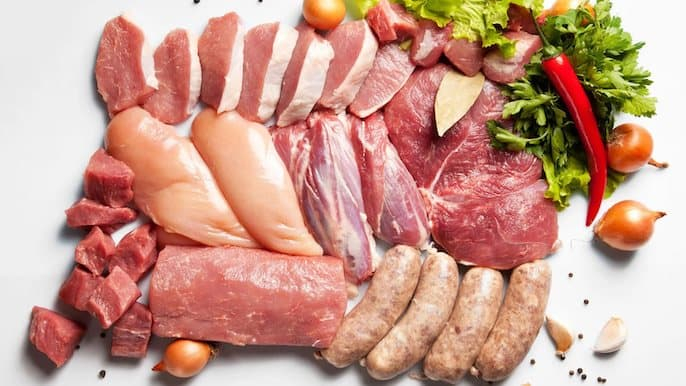
https://www.browns-farmshop.co.uk/ 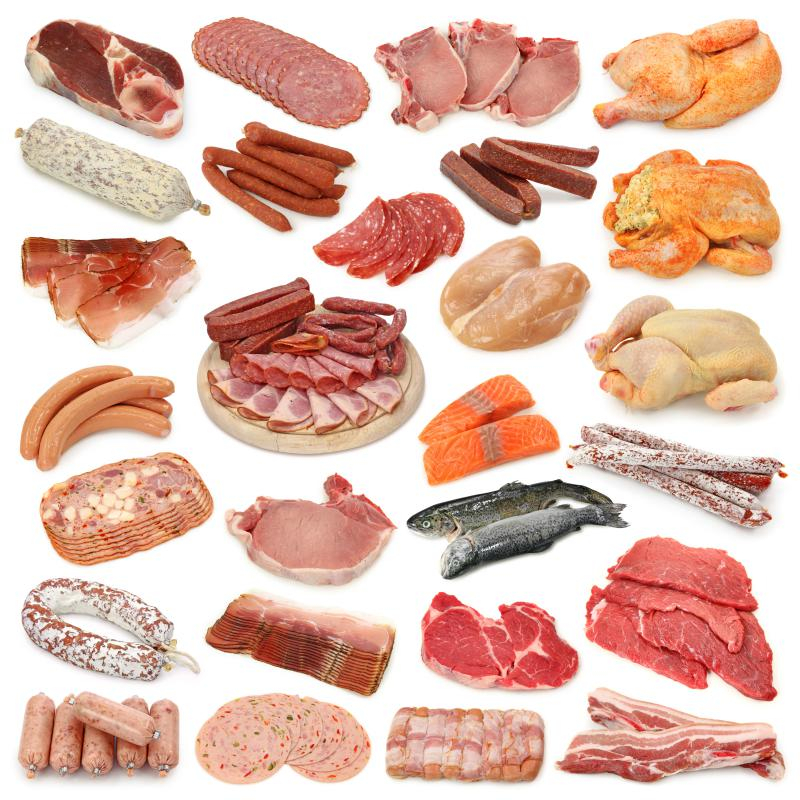
http://www.wisegeek.org/ -
For the majority of our lives, we have been instructed to avoid sugar. Everything has sugar, and if you consume too much of it, you'll develop diabetes, hyperactivity, tooth decay, and obesity. The majority of our health problems appear to be caused by sugar. Or it isn't. The rules evolve, and at this point, we seem to be very certain that moderate natural sugars are okay, but that we should perhaps cut back on refined sugars and other foods high in fructose and corn syrup.
Whatever your source of sugar, you might be shocked to learn how much of it we all consume. The figures vary slightly between sources, which is maybe expected when working with averages, but it appears that the typical adult consumes 57 to 60 pounds of added sugar annually. That is added sugar, not the sugars that are present naturally in things like fruits. Children devour a few more pounds annually.
Look in your cup if you're concerned about your personal sugar intake. Drinks account for about half of that extra sugar. That includes everything that people often add sugar to, such as tea and coffee as well as soft drinks.
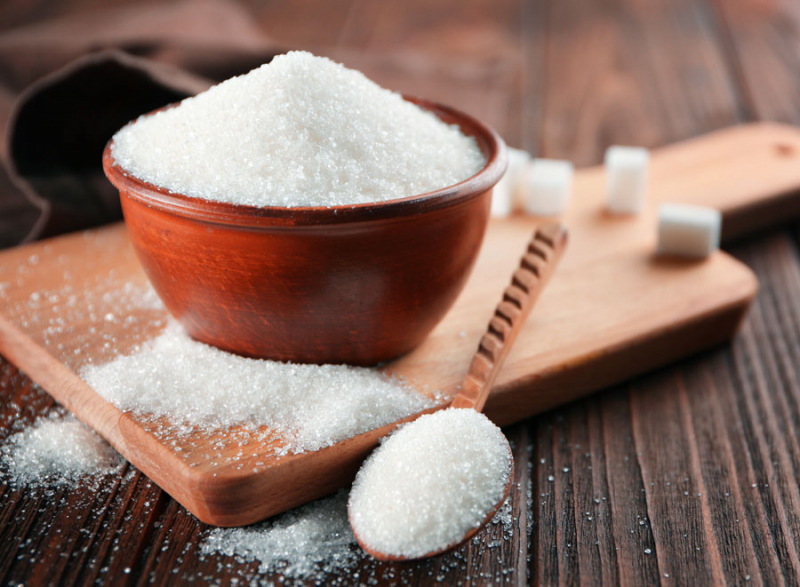
https://kunvarjiagro.com/ 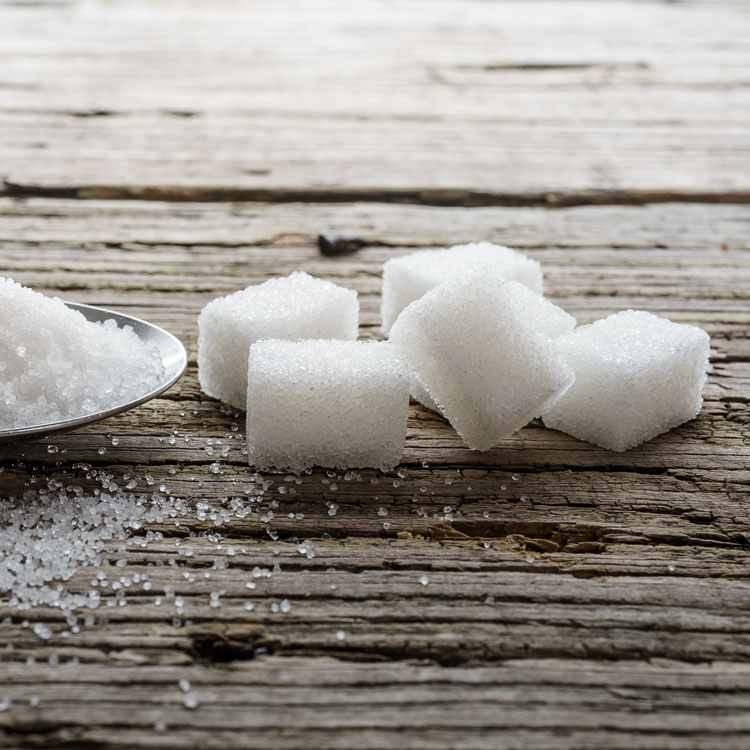
https://blog.yourtea.com/































